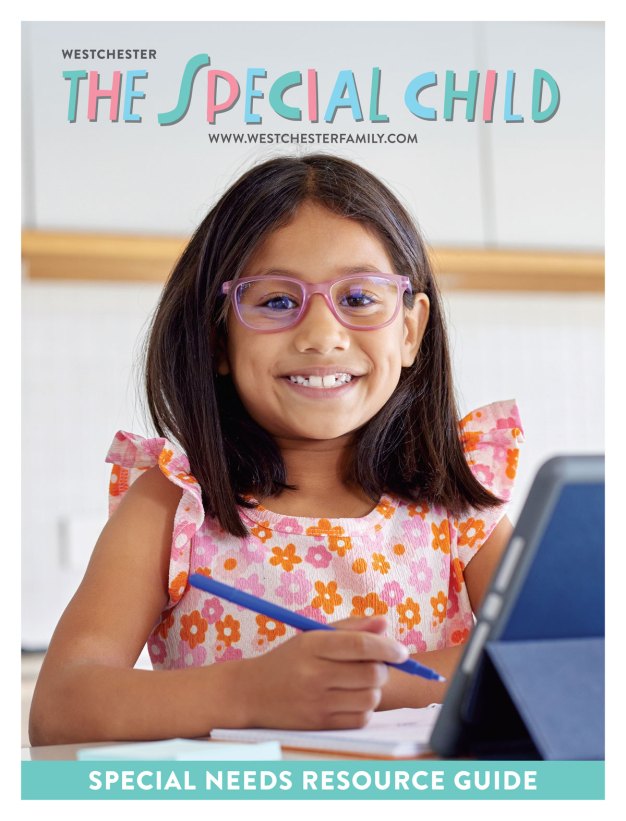Who doesn’t love a great story, especially one with interesting and fun-to-say words and sounds? Nursery rhymes do just that – such as Muffet and tuffet from “Little Miss Muffet,” or Old MacDonald’s e-i-e-i-oh!
Nursery rhymes, poems and songs are playful ways for children to play with sounds, learn new words and begin to tell stories. Some have vivid imagery (“the wheels on the bus go ’round and ‘round”) while others lend themselves to dynamic movements (pat-a-cake, pat-a-cake or this little piggy going wee, wee, wee all the way home).
As children get older they develop what’s called phonemic awareness – the ability to hear sounds and distinguish them. When children repeatedly hear words from a nursery rhyme and practice saying them, they are actively manipulating sounds. Studies show that early language development and literacy is key to a child’s success in school and throughout life. Experts also say that nursery rhymes help stimulate a child’s memory.
Create a rich early language environment for your child by introducing them to nursery rhymes.
Kimberly Kuta is director of Research and Evaluation at Stepping Stones Museum for Children in Norwalk, Conn.
Nursery Rhymes, Games and Activities Here is a Beehive
Here is the beehive (show clenched fist)
Where are the bees? Hidden away where nobody sees.
Watch and you will see them come out of their hive,
(open fist one finger at a time)
One, two, three, four, five,
Buzz, buzz, buzz.
Five Little Bees
One little bee blew and flew.
He met a friend, and that made two.
Two little bees, busy as could be –
Along came another and that made three.
Three little bees, wanted one more,
Found one soon and that made four.
Four little bees going to the hive
Spied their little brother, and that made five.
Five little bees working every hour –
Buzz away, bees, and find another flower.
Bee Bookmark
• Using craft paint or washable paints, paint a craft stick bright yellow.
• Once the paint is dry, use black paint to draw stripes on the craft stick.
• After this paint has dried, tape a black pipe cleaner that has been folded in half onto the top end of the craft stick. Bend the ends of the pipe cleaner to create antenna shapes.
• Glue a yellow pom-pom to the same end of the craft stick, and glue two googly eyes onto the pom-pom.
Created by Brenda Smith, manager of Visitor Services at Stepping Stones Museum for Children, Norwalk, Conn.
Stepping Stones Museum for Children in Norwalk, Conn. brings familiar rhymes and songs to life in the new “Tot Town” exhibit for children ages birth to 36 months. The exhibit promotes literacy and is inspired by familiar early childhood nursery rhymes, poems and songs. Favorite places such as a house, garden, school bus and farm provide the perfect backdrop for children and adults to play and learn together. Large murals illustrate scenes from well-known rhymes and songs while encouraging adults and children to sing aloud or talk together. Select nursery rhymes are also available on mp3 players throughout the exhibit.















